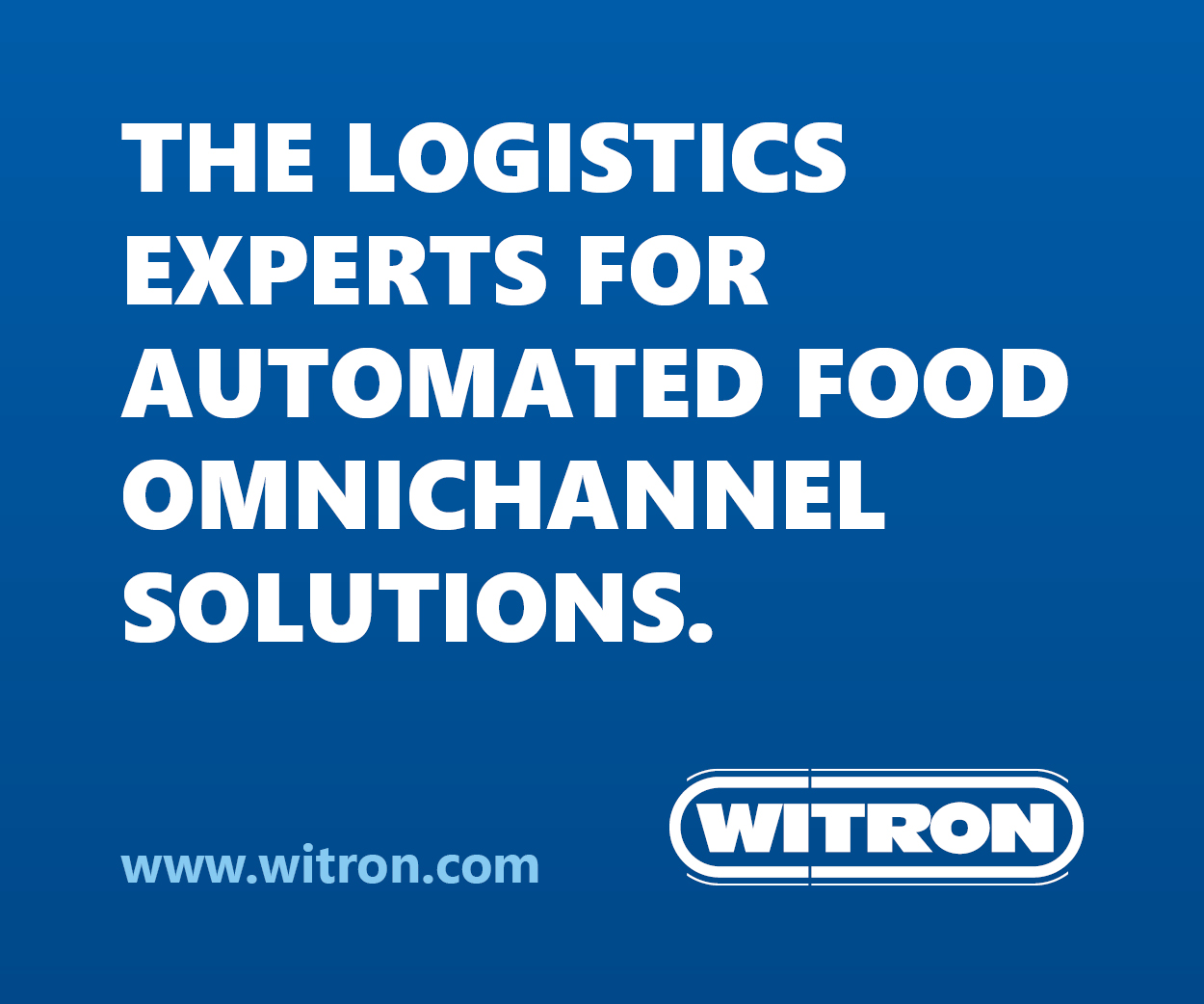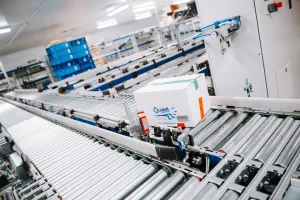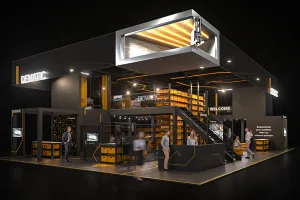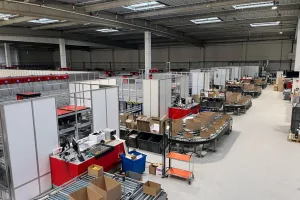Is micro-fulfilment the future?
The past year has stretched grocery services like never before. Confined to their homes, millions sought to complete their essential shopping online, expecting efficient, often next-day delivery.
DESPITE THIS CHALLENGE, the industry was able to rise to the occasion to meet the new demand for contactless grocery deliveries. For example, in March 2020 national chain Tesco increased their online delivery slots to a staggering 1.5 million from a previous capacity of 600,000. Similarly, Sainsbury’s upped their own online delivery capacity by more than 75% – ASDA, Morrisons, Iceland and Waitrose did the same. In addition to increasing their e-commerce capabilities, grocers kept shelves stocked after mass stockpiling caused unprecedented demand.
Now, with the worst of the pandemic hopefully in the past and recent vaccine success placing the UK on the precipice of normality, the appetite for online grocery shopping has remained with 42% of shoppers expressing a desire to continue food shopping online (Statista). The mechanisms put in place by grocers to meet the pandemic’s demand were temporary in many cases. To fully commit to e-grocery, the industry will need to invest in automation solutions to strengthen its long-term capacity.
Pre-pandemic, the grocery industry was slowly becoming accustomed to the benefits of supply chain automation, but the unique pressures imposed during this period significantly accelerated that process. At Dematic we believe the Covid-19 pandemic is proving to be a tipping point for supply chain automation. The combination of technology becoming more accessible and the need for the convenience and flexibility it provides has highlighted to grocers the urgency of investing in automation to face future challenges.
{EMBED(1199216)}
A big area for investment in the future will be micro-fulfilment technology: compact but highly efficient fulfilment operations taking place at the closest point to the consumer. Micro-fulfilment solutions, in footprints as small as 10,000 sq. ft, can be housed in the back of a store or in an urban fulfilment centre. This technology can be used to react to peak demand quickly by shifting between online and in-store fulfilment as well as helping grocers take ownership of the speed at which customers receive orders whilst maintaining the best possible customer experience.
The Dematic Micro-Fulfilment solution is scalable automation that can be implemented in as little as 12 weeks. The solution offers high storage density for keeping shelves perpetually stocked to meet demand and making deliveries possible even within the hour.
Today’s distribution centres average the span of 13 soccer fields, a size that isn’t practical for delivery in hyperlocal urban areas. The scale and expense can’t be sustained. So, the future of grocery real estate must serve a dual purpose as a showcase and distribution centre, a model that requires high-density storage coupled with sophisticated automation. It must be intuitive enough to be operated with little training, fulfil orders without conflicting with in-store shopping, and close the gap on last mile delivery. The Dematic Micro-Fulfilment solution brings together the best Dematic technology to provide cohesive innovation.
For more information, visit www.dematic.com/microfulfilment

















